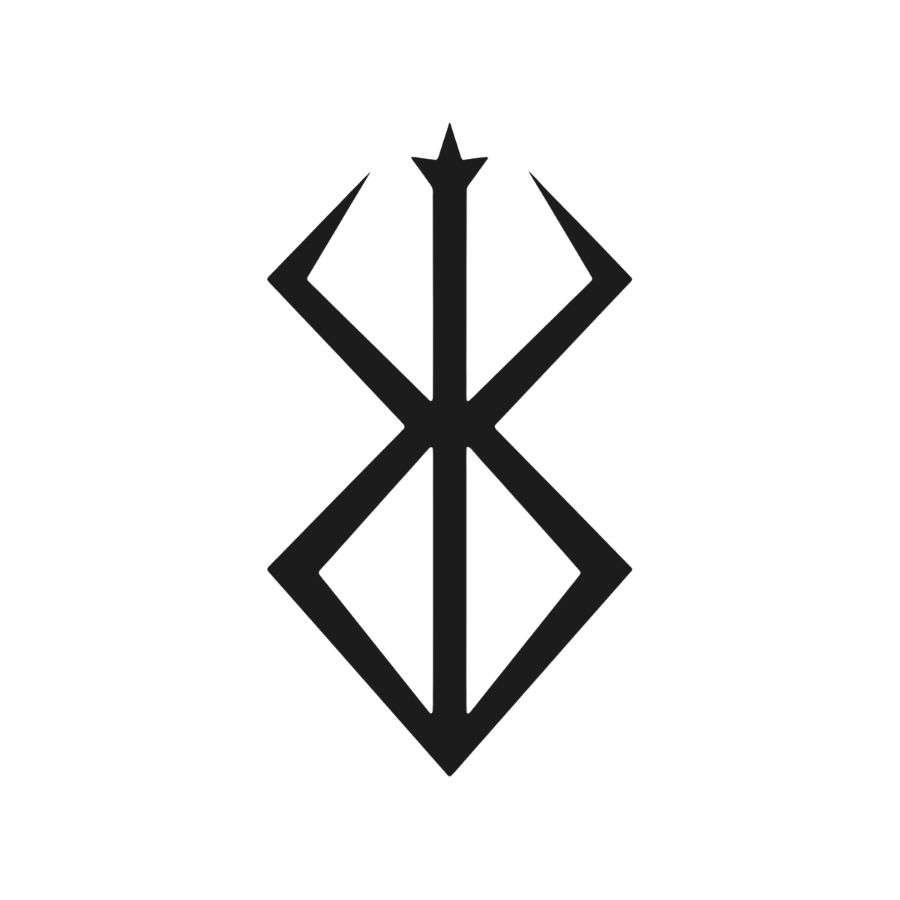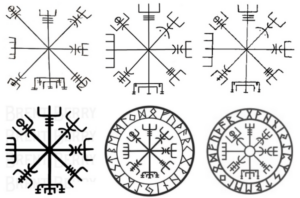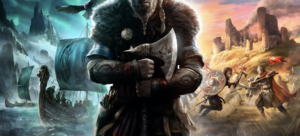The Vikings were legendary warriors, feared and revered across medieval Europe. Among them, the berserkers stood out as elite fighters, known for their uncontrollable battle fury and deep connection to Norse mythology. These warriors were not just men—they were forces of nature, embodying primal strength and divine favour.
Berserker symbols represent this fearsome legacy, serving as powerful emblems of courage, ferocity, and spiritual might. From animal pelts to runic inscriptions, these symbols have endured through centuries, influencing both ancient Viking culture and modern interpretations.
In this article, we explore the origins, meanings, and lasting impact of berserker symbols, including their ties to Norse runes and Viking warrior traditions. Whether you’re a history enthusiast or drawn to Viking symbolism, understanding these icons offers a fascinating glimpse into Norse heritage.
Historical Context of Berserkers
The term berserker (from Old Norse berserkr, meaning “bear-shirt”) refers to Viking warriors who fought in a trance-like fury known as berserkergang. Historical accounts describe them as nearly invincible in battle, immune to pain, and capable of superhuman feats.
Key Aspects of Berserkers:
-
Connection to Odin: Berserkers were believed to be chosen by Odin, the Norse god of war and wisdom. Their battle frenzy was seen as a divine gift.
-
Animalistic Imagery: Many wore bear or wolf pelts, symbolising their transformation into beast-like warriors.
-
Historical Records: Norse sagas, such as the Ynglinga Saga, describe berserkers as Odin’s elite fighters, while archaeological finds (like ceremonial helmets) hint at their ritualistic role.
Though often romanticised, berserkers were real warriors whose legacy lives on in berserker symbols—visual representations of their indomitable spirit.
![]()
Understanding Berserker Symbols
Berserker symbols were not just decorative—they held deep spiritual and martial significance. While no single “berserker rune” exists historically, several key motifs are associated with these warriors:
Common Berserker Symbols:
- Bear & Wolf Pelts: The most iconic symbols, representing raw power and a connection to nature.
- Horned Helmets: Though historically debated, these have become a popular symbol of wildness in modern depictions.
- Spears & Weapons: Linked to Odin’s spear, Gungnir, symbolising divine protection in battle.
The Misconception of a “Berserker Rune”
Despite online claims, no authentic berserker Norse rune has been found in historical records. Some modern designs (like the Brand of Sacrifice from Berserk manga) are fictional. However, runes like Uruz(strength) and Algiz (protection) may have been used by Viking warriors for symbolic purposes.
The Myth of the Berserker Rune

Many people search for a berserker rune Norse—a specific symbol tied to these warriors. However, historical evidence does not support this idea.
Key Points:
-
No Authentic Berserker Rune: Viking runes were used for writing and magic, but none were exclusively for berserkers.
-
Elder Futhark Runes: Warriors may have used runes like Tiwaz (victory) or Thurisaz (conflict) for strength in battle.
-
Spiritual Role: Runes were carved for protection and empowerment, but berserkers relied more on ritualistic frenzy than specific symbols.
Understanding this distinction helps separate fact from fiction when exploring berserker Viking rune meanings.
Modern Interpretations and Cultural Impact
Today, berserker symbols remain popular in tattoos, jewellery, and media (e.g., Vikings, Assassin’s Creed Valhalla).
Modern Uses:
-
Tattoos & Art: Bear and wolf motifs symbolise strength and resilience.
-
Jewellery: Pendants featuring runes or animal designs evoke Viking heritage.
-
Ethical Considerations: While appreciation is encouraged, cultural appropriation should be avoided. Respectful representation honours Norse traditions.
Conclusion
Berserker symbols are more than just historical artefacts—they are timeless emblems of courage, strength, and Norse identity. From ancient battlefields to modern artistry, their legacy endures.
If you’re inspired by these powerful icons, explore Viking mythology further or consider a berserker warrior Viking symbol in your next tattoo or jewellery piece—just remember to honour their roots.
What’s your favourite berserker symbol? Share your thoughts below!
DOWNLOAD Berserker Symbols [FULL HD] [2K]
The Triquetra Symbol: Meanings You May Not Know
Table of ContentsHistorical Context of BerserkersKey Aspects of Berserkers:Understanding Berserker SymbolsCommon Berserker Symbols:The Misconception of
Apr
Vegvisir: The Ancient Viking Compass Symbol
Table of ContentsHistorical Context of BerserkersKey Aspects of Berserkers:Understanding Berserker SymbolsCommon Berserker Symbols:The Misconception of
Mar
A Dragon’s Victory Over Valhalla: Reviewing Grizz Studio’s Top-Selling T-Shirt Design
Table of ContentsHistorical Context of BerserkersKey Aspects of Berserkers:Understanding Berserker SymbolsCommon Berserker Symbols:The Misconception of
Apr




